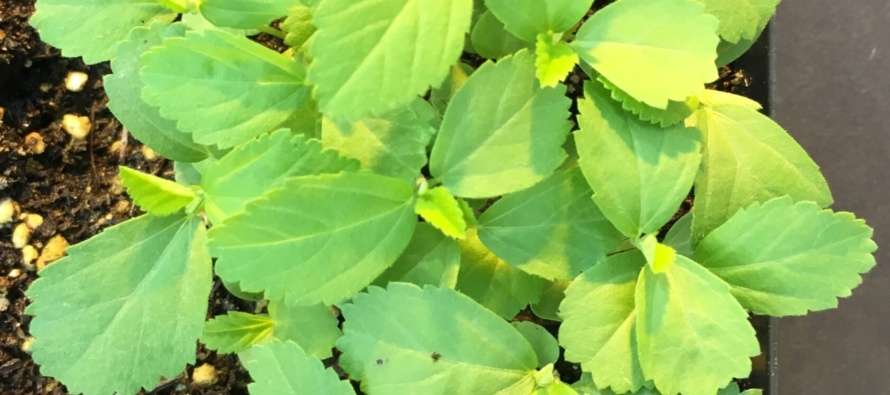Arrowleaf sida

Related Articles
- Calcium and Magnesium For Mississippi Crops 1
- March 11 Precision Agriculture Workshop 0
- Ground Speed Affects Spray Droplet Deposition 0
Latest Tweets
Arrowleaf sida
Weed Flora of Mississippi
Prepared by
Taghi Bararpour and Jason Bond
Family: Malvaceae
Genus: Sida Species: rhombifolia
History: The Acadian French name for this species is “Gombo de Ste. Jeanne,” which translates as St. Jeanne’s gumbo. This probably alludes to its hibiscus-like flowers that resemble those of okra (Holmes 1990). It ranges from North Carolina south to Florida, and west to Texas. Arrowleaf sida grows today in over 70 countries throughout the tropical, subtropical, and warm temperate regions (Holm and others 1997, Howard 1989). Its original range is not known, but the presence of multiple subspecies and varieties seems to indicate that it was from the Old World. The species was introduced into the United States in the late 1800’s as a promising fiber crop (Holm and others 1997).
Life Cycle: Summer annual
Special Characteristics: It is found in sandy-clayey soils in meadows, old fields, and the edge of woods in Louisiana and east Texas. The seedlings have two heart-shaped cotyledons, plants have small spines that occur at the base of each leaf petiole, and leaves are rhomboid shaped with serrations that occur on the upper half of the leaf. Arrowleaf sida reproduces by seed, which are often dispersed when their barbed awns become attached to animals, clothing, and other materials and seeds may also be spread by water, in mud, and in contaminated agricultural produce.
Roots: Fibrous roots from slender (branching long taproot).
Stems: Erect and branched, reaching as much as 1 meter in height. It is covered with hairs and also short spines (stipules) at the base of each leaf petiole.
Leaves: Alternate and margins serrate on ½ to ¾ of blade (diamond shape). There are very small spines at the base of each leaf and branch.
Flower: Solitary in leaf axils, pale yellow with five petals.
Seeds / Fruit: Capsule
Seedling: Cotyledons are generally heart-shaped with a small indentation at the cotyledon apexes.
Interference: Arrowleaf sida most often occurs as a weed of pastures, hay field, peanuts, cotton, and soybean in the southeastern United States from Virginia south to Florida and Texas. Continuous glyphosate-resistant soybean systems resulted in little to no perceived improvement for control of common waterhemp, velvetleaf, and arrowleaf sida.





Let me tell You a sad story ! There are no comments yet, but You can be first one to comment this article.
Write a comment